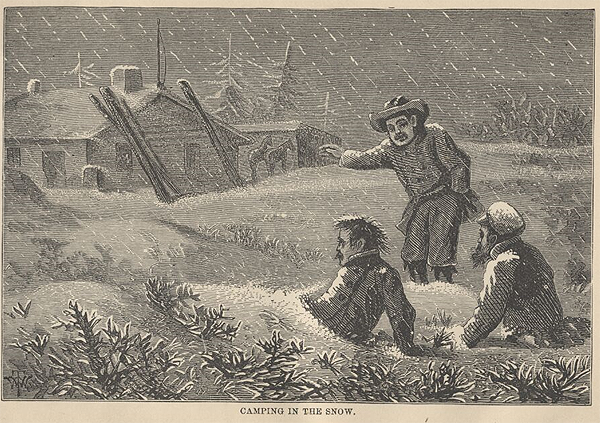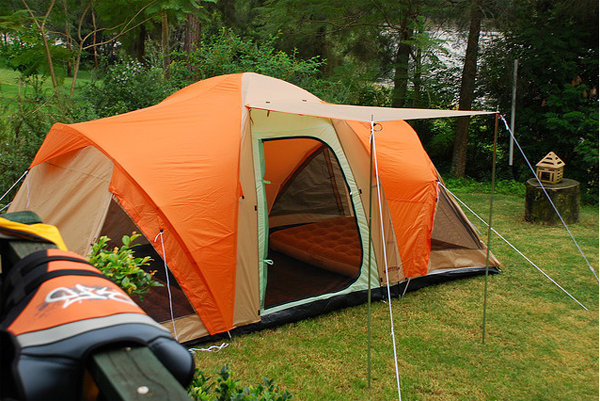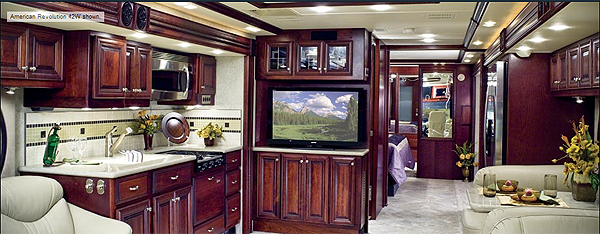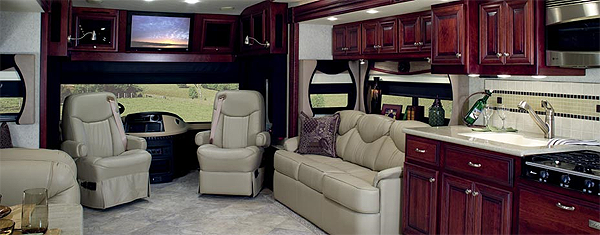Camping and Creature Comforts
by Andrew Boyd
Today, taking it with you. The University of Houston's College of Engineering presents this series about the machines that make our civilization run, and the people whose ingenuity created them.
Warm water. A clean bed. Heating and air conditioning. Humans have spent the better part of history seeking comforts that nature doesn't provide. Yet we still feel a deep need to experience nature: sitting on the porch at sunset, taking a walk, or for the more adventurous, camping. Leisure camping emerged in the United States in the late nineteenth century. And as historian Phoebe Kropp points out, a recurring question from the outset was what comforts to take into the woods.
For naturalist John Muir, "a handful of tea, a loaf of bread, and a copy of Emerson" were enough. But middle class families required more, leading to a delicate balancing act. Should they "scorn wooden floors" [and] despise sheets on their beds' as one early author asserted? Or should they follow the advice of a different author and make camp sites "just as gay and attractive as a drawing room," using brightly colored rugs, blankets and chintz pillows.

The goal, in the words of yet another writer, was to find a "happy medium between the enervating luxuries of highly-wrought civilization and the rude asperities of savage life." If campers were too comfortable, they might fail to experience the inner peace they sought from nature. Too Spartan, and they risked spoiling the vacation.
Humorist Mark Twain understood the dichotomy, capturing it in his book, Roughing It. "It was comfort," wrote Twain, ''to sit up and contemplate the majestic panorama of mountains and valleys spread out below us and eat ham and hard-boiled eggs while our spiritual natures reveled alternately in rainbows, thunderstorms, and peerless sunsets. Nothing helps scenery," he said, 'like ham and eggs.'"

Leisure camping's changed a lot since its pioneering days. Technology's played a big part. Tents weigh only a few pounds. Lightweight synthetic fabrics keep campers warm and dry. Most camping now takes place in established campgrounds, complete with showers and lavatories. Campers reach their camp sites by motorized vehicle. If they've forgotten to bring something, there's usually a convenience store nearby. Recreational vehicles are common, complete with kitchens, beds, tables, electric lighting, televisions, and chintz pillows. If there's no electrical hookup, noisy gas burning generators are used.
But for all the technological changes, the yin and yang of camping still remain. We're drawn back to nature; we heed her call. But only so far. Creature comforts are the product of human ingenuity. And they're hard to give up!
I'm Andy Boyd at the University of Houston, where we're interested in the way inventive minds work.


Notes and references:
P. Kropp. 'Wilderness Wives and Dishwashing Husbands: Comfort and the Domestic Arts of Camping in America, 1880 ' 1910. Journal of Social History, 43:1, Fall 2009, 5-30.
M. Twain. Roughing It. Hartford: American Publishing Company, 1872. See also the Project Gutenberg Web site: http://www.gutenberg.org/ebooks/3177. Accessed September 28, 2010.
The picture of winter campers is from the 1872 edition of Roughing It. The picture of the tent is from flickr. The pictures of the recreational vehicle interior are from the website of Fleetwood RV, http://fleetwoodrv.com.